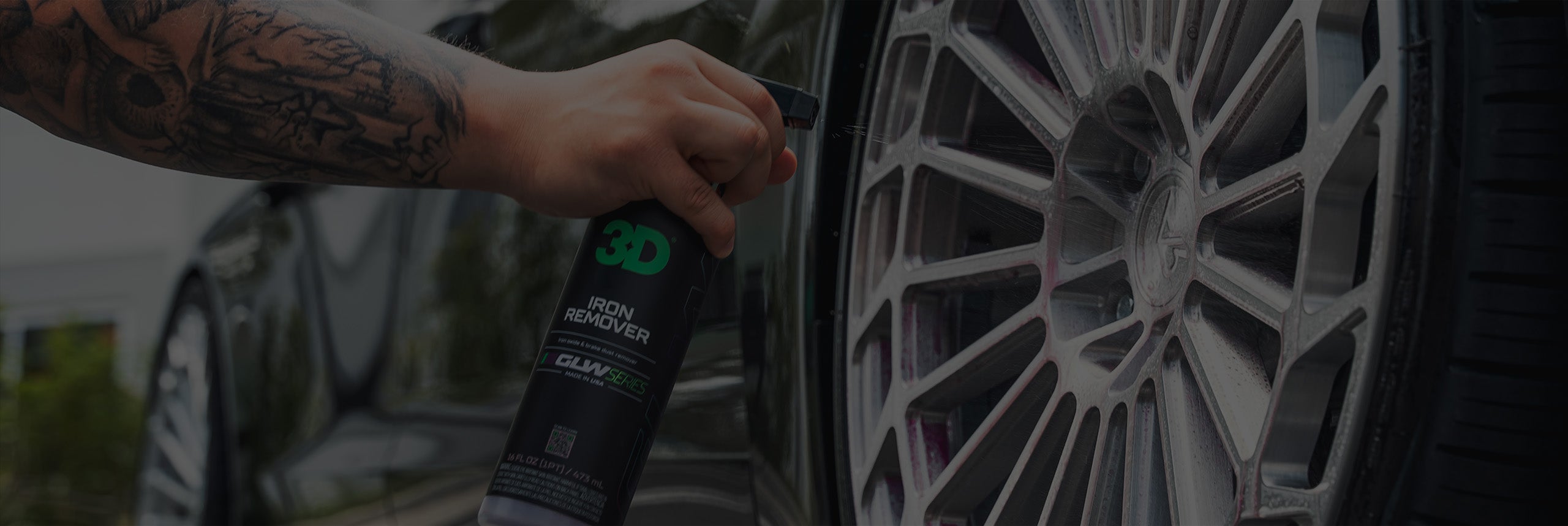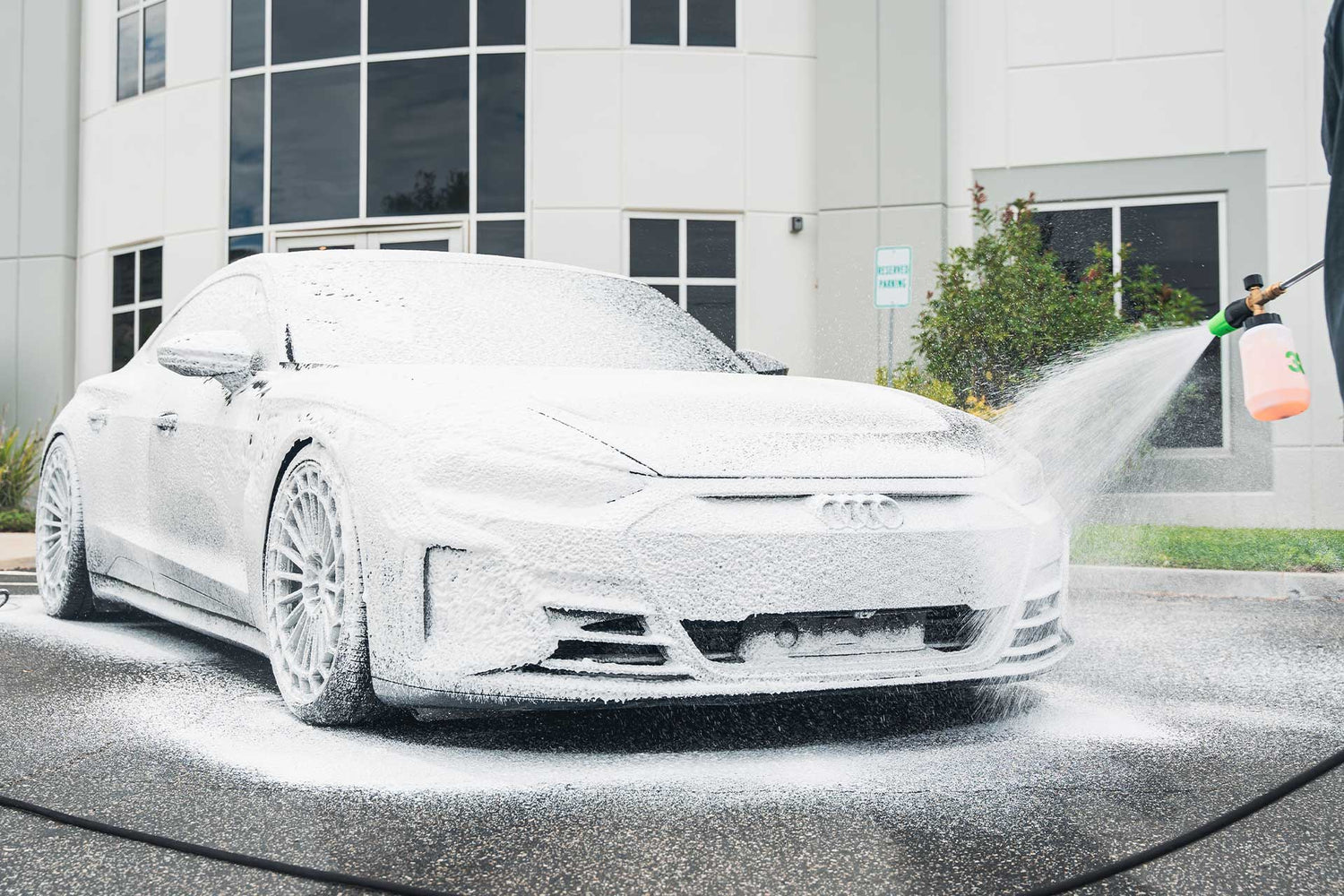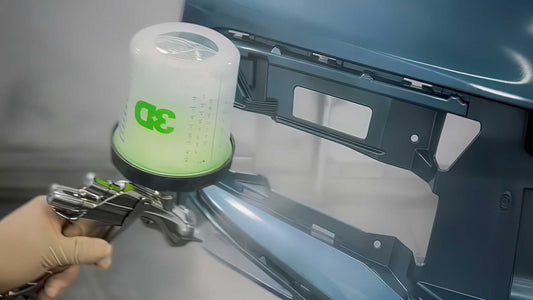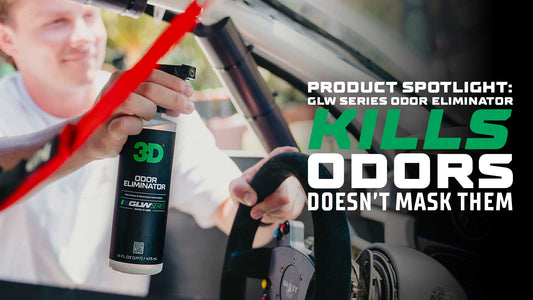
Detailing Tips & Guides
Tags
- boat
- body shop
- buffing and polishing
- car care
- car washing
- ceramic
- detailing tips
- detailing tools
- drying towel
- events
- exterior maintenance
- glass cleaner
- glass polish
- how-to
- interior maintenance
- marine
- metal polish
- odor eliminator
- odor remover
- paint correction
- paint decontamination
- paint system
- product spotlight
- professional
- rv
- seasonal car care
- sema
- sema 2025
- this or that
- wheel & tire
- winter car prep











